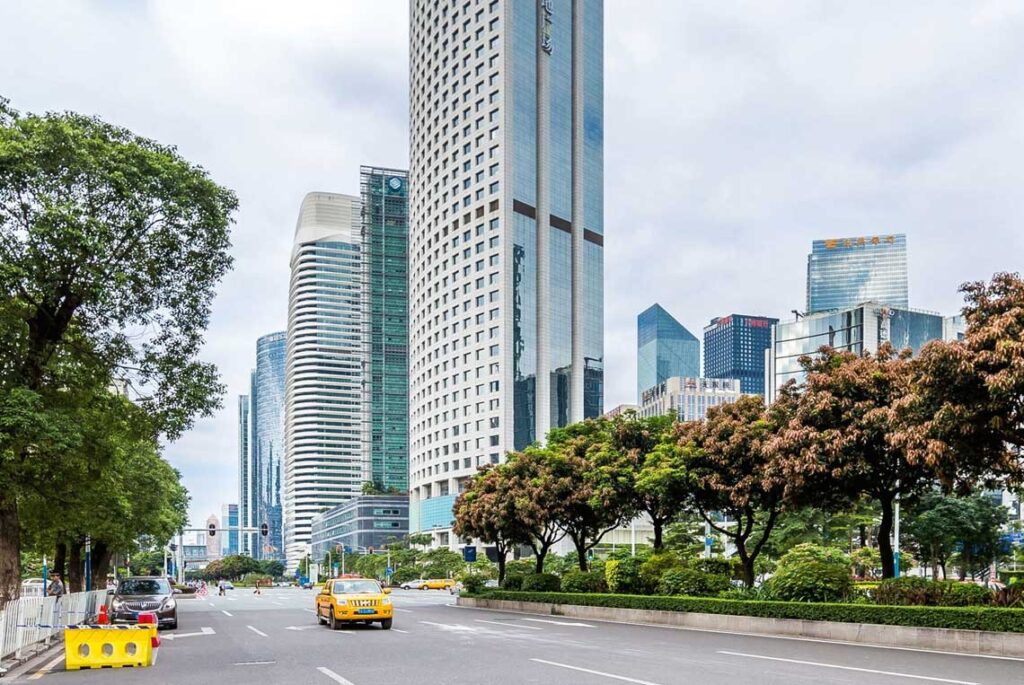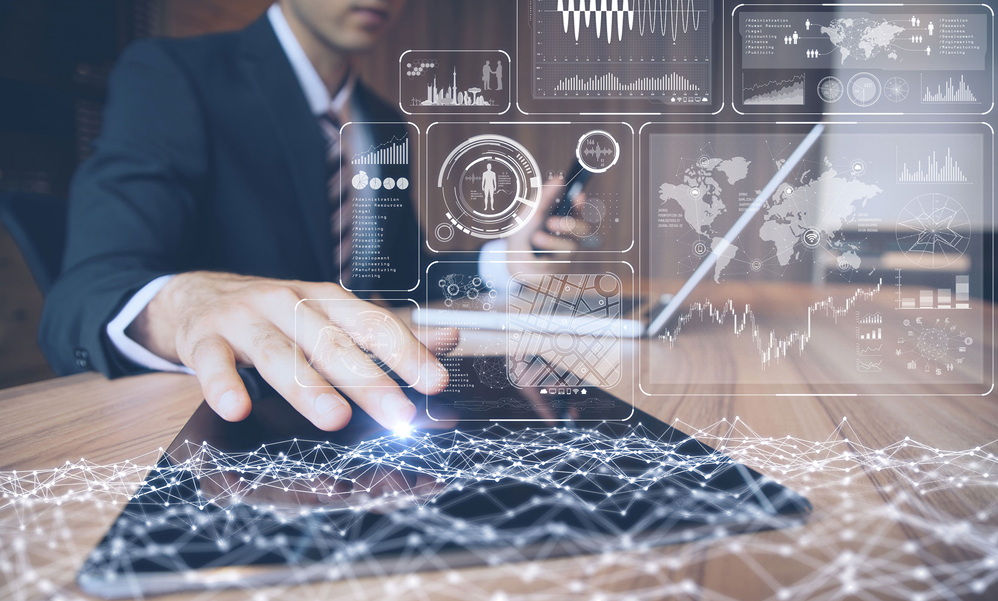
We often associate a smart building with automated lighting control, ventilation, HVAC and heating systems, but there’s way more than that.
Over the last couple of months and even years, flexible working models and new digital solutions have opened up completely new ways of working. The classic 9 to 5 office job almost doesn’t exist anymore but our buildings haven’t quite caught up with this development yet. Flexible and demand-based use of space is becoming increasingly important, not only to keep an eye on costs and energy consumption but also to create a comfortable, healthy and safe environment for employees.
To create such smart spaces, we need to know how a certain space is actually being used, for example how many people are in a certain room or how many desks are currently occupied. Our self-powered sensors deliver the needed data and forward it, for example, to the cloud for analysis and visualization. This helps to create a digital twin of a building that even shows working areas: motion and vibration sensors detect maintenance-free how many people are in a building or room, where and when.
It’s super important to know all this in order to get the most out of your building in terms of costs, energy efficiency and employee wellbeing: if you have rented a room that is hardly used or not at all, there’s no need to spend so much money on renting, heating and so on.
Hybrid working requires new working environments:

of companies want to switch to desksharing
Companies need to be more energy-efficient and sustainable now:

of the global CO2 is emitted by buildings
Dedicated workspaces per employee are massive cost drivers:

of office space can be reduced with desksharing
EnOcean has developed with its partners a truly unique solution for smart spaces and offers standardized bundles to organizations and companies.
From planning to deployment – companies can rely on a carefree package since an experienced system integrator will handle the project. And the best of it, Smart Spaces solutions with EnOcean are very cost-effective since the solution leverages the already existing IT infrastructure using Wi-Fi access points.
Join Max on his workday to see how EnOcean’s battery-free wireless sensors optimize office space, boost employee comfort, and reduce energy costs sustainably.
Did you know that we spend around 90% of our time in buildings? And did you know that buildings are one of biggest energy consumers at all, accounting for 40% of global CO2 emissions? However, we often don’t even know which parts of a building are being used regularly, resulting in an unnecessary consumption of resources and high operating costs. EnOceanSpaces is the perfect solution to transform your office into a smart space.
Crédit Agricole Normandie installed 100 EnOcean solar-powered occupancy sensors in its Caen office to optimize meeting room usage.

Integrated with Aruba Wi-Fi access points and Jooxter’s IoT platform, the system reclaims unoccupied reserved rooms, improving space efficiency and saving energy. If a reserved room remains unoccupied for more than 15 minutes, it is automatically marked as available, optimizing space utilization.
This initiative aims to reclaim 20% of unoccupied reserved rooms, contributing to significant energy savings and improved resource management.

IBM’s Guangzhou office implemented a self-powered IoT solution with EnOcean sensors to monitor workspace usage, temperature, humidity, air quality, and occupancy in shared spaces.
The data is transmitted to the cloud and integrates with lighting, HVAC, and safety systems via gateways, enabling automated alerts and energy efficiency. This solution enhances comfort, optimizes facility management, and aligns with IBM’s sustainability goals.

A global sports manufacturer partnered with NTT Germany to deploy 8,000 EnOcean sensors across 200,000 m² in nine buildings. The sensors, integrated with Thing-it’s platform, track desk and room occupancy, enabling shared desk models, reducing office space by 15%, and enhancing sustainability while cutting costs.
The project was a collaborative effort involving NTT Germany AG & Co. KG, e-shelter security GmbH, ThingTechnologies GmbH, DEUTA Controls GmbH, and EnOcean GmbH, collectively supporting the company’s goals in employee experience, space utilization, and sustainability.
Find the right distributor for our modules, components and finished products in your region!

The EnOcean newsletter informs you regularly about exciting projects in the areas of IoT and smart buildings as well as current events and new products.
© 2025 EnOcean GmbH. All rights reserved.